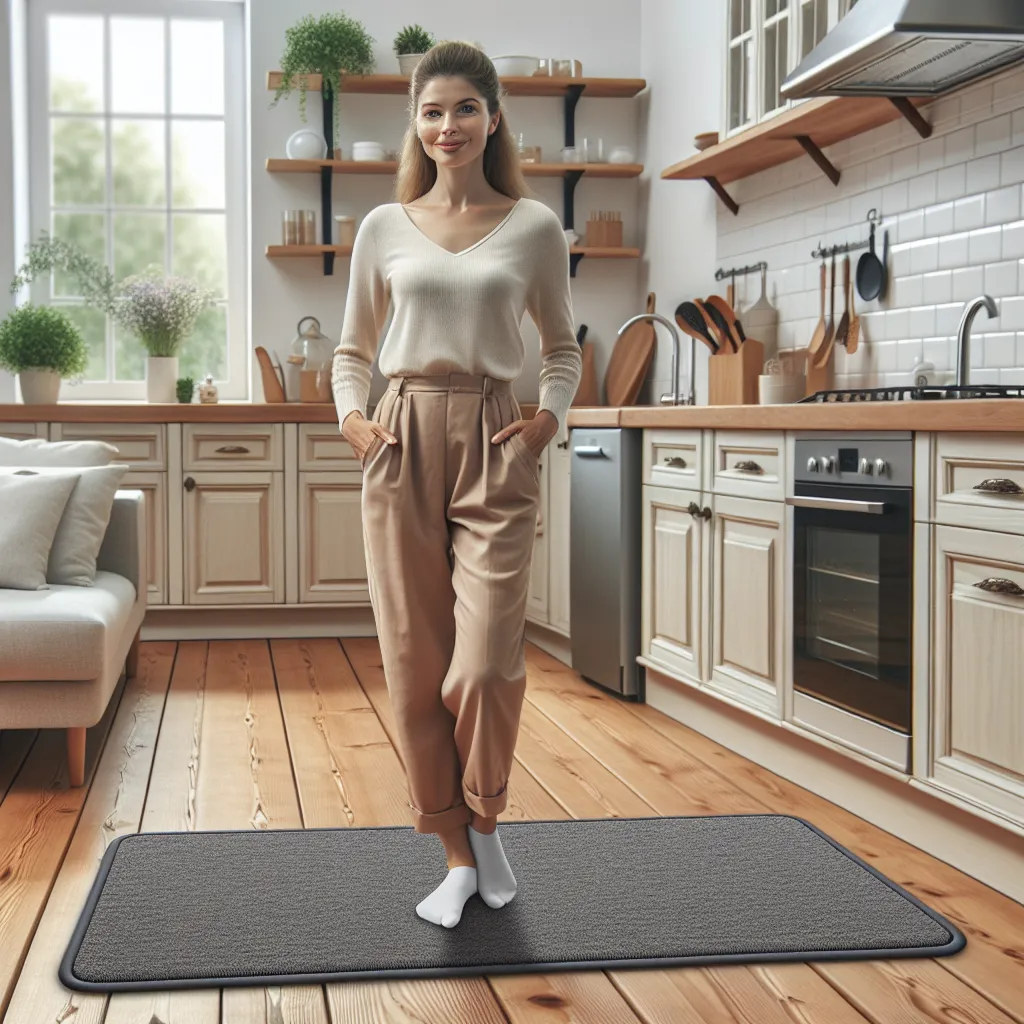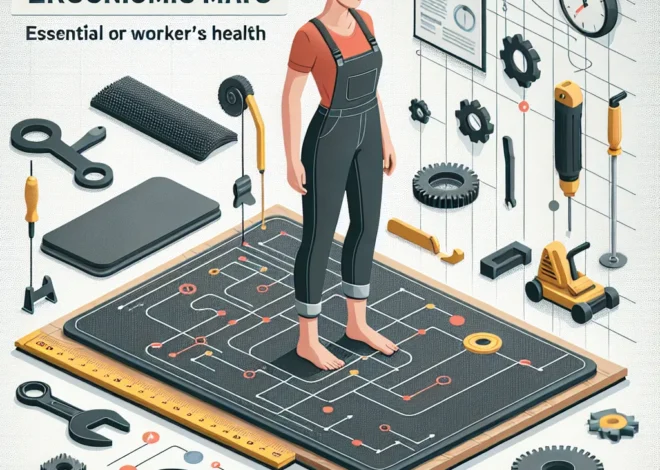
Understanding the Benefits of Mats in Various Settings
Enhancing Safety and Comfort: The Role of Mats in Different Environments
Mats play a crucial role in enhancing safety and comfort in various environments, providing numerous benefits in different settings. In industrial workplaces, anti-fatigue mats offer crucial support to workers who stand for long periods, reducing the risk of fatigue-related accidents and injuries. Not only do these mats improve safety by preventing slips and falls, but they also contribute to the overall well-being and productivity of employees.
In commercial settings such as restaurants and kitchens, grease-resistant mats are essential for maintaining a safe and hygienic environment. These mats not only reduce the risk of accidents caused by slippery floors but also enhance the comfort of workers who stand for hours, allowing them to focus on their tasks without the worry of potential safety hazards.
Furthermore, in educational facilities and daycare centers, colorful and engaging mats contribute to a safe and nurturing environment for children. These mats provide cushioning to protect against injuries from falls, create designated activity areas, and promote a sense of comfort and security, allowing children to explore and learn in a safe space.
Overall, the role of mats in enhancing safety and comfort in different environments cannot be overstated. Whether in industrial, commercial, or educational settings, the benefits of using appropriate mats go beyond just physical safety, significantly impacting the overall well-being, productivity, and atmosphere of the environment.
Practical Uses and Applications of Mats in Diverse Settings
When it comes to understanding the practical uses and applications of mats in diverse settings, it’s essential to recognize the numerous benefits they offer across various environments. In industrial settings, heavy-duty mats provide essential safety measures by preventing slips, trips, and falls, while also protecting floors from damage caused by heavy equipment and foot traffic. In commercial spaces such as restaurants and kitchens, anti-fatigue mats offer support and comfort for employees who stand for long periods, reducing the risk of fatigue and potential injuries.
Moreover, in educational settings, colorful and interactive mats can be used to create engaging learning environments for children, promoting sensory development and cognitive skills. In healthcare facilities, antimicrobial mats play a critical role in maintaining hygienic conditions and preventing contamination. Additionally, in fitness centers and yoga studios, specialized mats provide the necessary cushioning and support for exercises, enhancing safety and comfort for practitioners.
Furthermore, in residential settings, entryway mats help to trap dirt and moisture, keeping the interior clean and preventing slips. In outdoor recreational areas, such as playgrounds and sports fields, impact-absorbing mats serve as crucial safety measures, protecting individuals from injuries during physical activities. Understanding the practical uses of mats in these diverse settings underscores their significance in promoting safety, hygiene, comfort, and functionality across various environments.
Exploring the Impact of Mats on Health and Productivity
When it comes to understanding the benefits of mats in various settings, exploring the impact of mats on health and productivity is crucial. Mats play a significant role in promoting a healthy and productive environment in several different settings, including homes, workplaces, and public spaces.
In the workplace, the use of ergonomic mats has been shown to have a positive impact on employee health and productivity. Anti-fatigue mats, for example, provide cushioning and support for workers who stand for extended periods, reducing the strain on their legs and feet. This, in turn, can lead to decreased fatigue and discomfort, allowing employees to focus on their tasks more effectively and ultimately enhancing productivity.
Furthermore, mats contribute to safety by providing traction and stability, reducing the risk of slips, trips, and falls in various settings. This not only helps prevent injuries but also fosters a sense of security and well-being among individuals, leading to a more productive and positive environment.
In the realm of health, mats are instrumental in creating spaces that promote physical wellness. For instance, yoga mats are essential for practitioners to comfortably engage in their practice, supporting proper alignment and reducing the risk of injuries. In healthcare settings, anti-microbial and anti-slip mats contribute to a hygienic and safe environment, crucial for both patients and healthcare professionals.
Moreover, mats in residential settings contribute to a cleaner and healthier indoor environment by trapping dirt and moisture, thereby preventing them from being tracked throughout the house. This not only improves indoor air quality but also reduces the risk of slips and falls, especially in areas prone to wet or slippery conditions.
In conclusion, the impact of mats on health and productivity is multifaceted, encompassing aspects of safety, comfort, and physical well-being. By understanding and leveraging the benefits of mats in various settings, individuals and organizations can create environments that prioritize health and productivity, ultimately leading to improved quality of life.
Versatility of Mats: From Homes to Workplaces and Beyond
When it comes to mats, their versatility extends far beyond just the traditional uses. Mats play a crucial role in various settings, from homes to workplaces and beyond, offering an array of benefits that make them indispensable in different environments.
In homes, mats serve as more than just a decorative element. They provide comfort, insulation, and safety, whether it’s a plush rug in the living room, a soft bath mat in the bathroom, or a durable doormat at the entrance. Their ability to enhance the aesthetic appeal of a space while also serving practical purposes makes them an essential addition to any household.
Similarly, in workplaces, mats play a key role in ensuring safety, productivity, and comfort. Anti-fatigue mats in commercial kitchens reduce the strain on workers’ feet and legs, while also preventing slips and falls. In industrial settings, heavy-duty mats provide insulation and protection in potentially hazardous areas. Moreover, logo mats at entrances not only contribute to branding but also keep the floors clean and safe for employees and visitors.
Beyond homes and workplaces, the versatility of mats is evident in various other settings. In fitness centers, exercise mats offer cushioning and support for workouts, while also promoting hygiene and cleanliness. In healthcare facilities, sterilized mats contribute to infection control and safety, with anti-microbial properties that are crucial in sensitive environments.
Understanding the benefits of mats in diverse settings underscores their importance and the value they bring to both personal and professional spaces. From enhancing safety to promoting comfort and cleanliness, mats are truly versatile and indispensable in countless applications.


